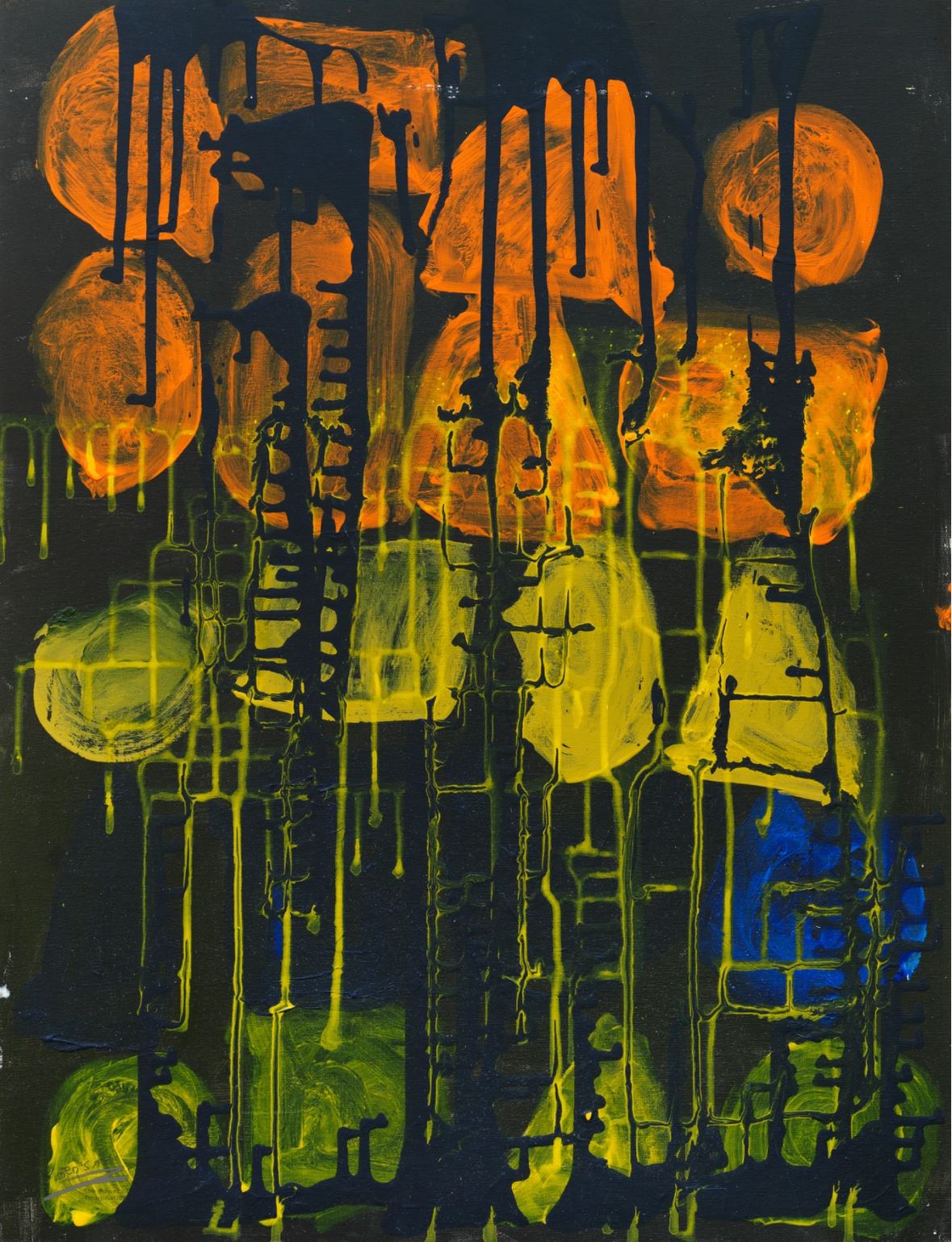Tamsyn's Experience: Poland Syndrome and the problems beyond diagnosis

Rare disease patients and the journey to diagnosis, treatment, and support
For patients with rare diseases, the journey from dealing with symptoms to diagnosis and eventually – where possible – to treatment is a painfully slow one. Most find their conditions are unknown or poorly understood, that the effect on their lives is not properly recognised or sometimes even dismissed and that the support they receive is woefully inadequate.
Better patient care, diagnosis and treatment depends on improving knowledge about the more than 9,000 rare diseases and conditions that have been catalogued (at last count on Orphanet, the number was 9,332 unique rare diseases and 21,582 synonyms). Since the human brain cannot keep track of that many conditions and heterogenous symptoms, Volv Global SA believes its inTrigue methodology using AI is another way to profoundly change the patient experience for the better. Alongside this highly scientific approach, it is also vital to understand and record the patient voice.
Over the next three months leading up to the World Orphan Drug Congress Europe 15 - 18 November 2021, Volv Global SA will share the personal journey of some individual patients to specifically highlight the profound knowledge that they have about their rare disease and the wide-ranging impacts such a disease can have on them and their families. These patients and thousands of others like them are the people best placed to help us to make our organisations truly patient-centric.
Poland Syndrome – A rare condition and lifelong battle
Tamsyn is a scientist and dynamic business leader, who runs an innovative regulatory affairs organisation, but who has struggled to get the recognition, treatment and support she needs for her rare condition – Poland Syndrome. Indeed, it was this poor understanding of her condition by healthcare professionals that led her to studying biological sciences at university and passion for work in the rare disease space.
Tamsyn has shared her journey to help others – both healthcare professionals and, importantly, patients and their carers – learn from her experience.
Tamsyn's Story
“Poland syndrome (PS) is typically a non-genetic birth defect that is believed to be caused by a disruption in the blood flow of the subclavian artery in utero. It can vary significantly from one person to the next and its severity depends on where, when and for how long the disruption of blood flow occurs. Symptoms include underdevelopment or absence of the pectoral muscles on one side of the chest, which in females is combined with underdevelopment or absence of breast tissue on that side. Most PS individuals also have abnormalities in the hand and arm of the same side such as a smaller and shorter arm or webbed or missing fingers. Rib and spinal issues are commonly seen with PS, and rarer comorbidities include Moebius syndrome (a type of congenital facial paralysis) and dextrocardia (where the heart points to the right side of the chest instead of the left).
“For me, Poland syndrome meant I was born without a left pectoral muscle, my rib cage is a little ‘twisted’, and my left arm and hand are smaller. It wasn’t noticed when I was a kid because the limb difference is small, and I was skinny and active so it didn’t stop me doing anything. As I started puberty my left breast didn’t develop when my right one did. It took time to convince my parents that this was a problem and was I was told “it will catch up”. It didn’t and eventually I went to our family doctor, who after a bit of research and was able to diagnose Poland syndrome.
“The problems really started after diagnosis in terms of where different parts of the healthcare system interact and the failure to have a clear treatment path, especially on the mental health side of things.
“Rather than recognise my condition for what it was, I was sent to a plastic surgeon on a cancer ward and treated the same way as adult women who had had a mastectomy for breast cancer. Those two things are very different. Firstly, most breast cancer patients have had a normal experience of their body, but I had begun puberty and only grown one breast. On top of this, all the healthcare professionals I saw kept saying how rare PS is (many had never even heard of it before), how I hadn’t developed the way I was ‘supposed to’, and that it could be fixed with plastic surgery. The message I received in all of this, as a 12-year-old girl, was, ‘you’re a freak and you need to be fixed’.
Drastic, unnecessary surgery and a lack of psychological support
“I was 14 when I had major cosmetic surgery, which involved transferring the left latissimus muscle from my back and putting it in my chest to fill some of the space where my pectoral muscles were missing. I was also given an expanding saline breast implant, which was injected every few months with more saline as my right breast grew. No one explained what the long-term effects of moving these muscles around would be, which include increased instability of my shoulder, loss of left lat function (on top of the already absent pec function), pain as other muscles overcompensate, and permanent nerve damage. I doubt any systems are even measuring these kinds of outcomes as I have had no long-term follow up. Furthermore, the surgery didn’t give me what I wanted, which was breast symmetry, and instead left me with two breasts that looked very different from one another. In hindsight, I would rather they had left my back muscle in my back. What is really troubling is that nearly 30 years later, this is still a primary treatment that is being recommended to paediatric PS patients.
“As a child, I was offered no mental health support, and it has taken me years of private therapy to get my head in the right place with regards to what happened to me. What I should have been offered first is emotional support and recommendations that I wait until I’m older to decide if I really want to have cosmetic surgery, and told I would need physiotherapy if/when I started to get aches and pains. The two things that have helped me with my PS the most are therapy and physiotherapy. My problems with PS were always far more in my head than in my bra, but that was never well addressed.
“The other big challenge I faced was getting the implant replaced, which is necessary because they don’t last forever. I had a couple of very negative experiences with surgeons who clearly knew nothing about PS and were very dismissive, which left me very disheartened. When I finally did get to see a surgeon with experience with PS, the waiting list was nearly a year and because it was at an NHS breast cancer clinic, my surgeries were postponed multiple times and de-prioritised because I’m not a cancer patient. I understand that, but it was extremely stressful when you need multiple surgeries to get things right and the dates keep moving. One surgery was cancelled just a few days before, which is very difficult when you’re trying to practically and emotionally prepare for a surgery and the recovery phase.
“Lack of understanding about PS affects me in other areas too. For example, my lack of chest muscles on one side means seasonal flu, coughs and colds can be a lot harder for me to overcome and symptoms often linger for months. The last time I had ‘flu I developed secondary pneumonia and was sick for 5 weeks. As a result, I had concerns about my risk during the COVID pandemic, because there is an unknown there, and when I tried to get on a higher-risk category for the vaccination schedule, because there was no information about this aspect of PS, I had to have some very painful conversations before it was recognised.
Registries and advocacy
“I hope that more attention will be paid to non-life-threatening rare diseases like PS; the challenge is that there is no commercial return from a business perspective in doing research since there is no potential for a pharmaceutical cure, or pressure to save lives. There is an institute in Italy that is focused on PS, but most of their information is only available in Italian. There is a patient advocacy organisation (https://pip-uk.org) who are trying to make great changes but are only a few people with day jobs and little funding. There are some research papers, mostly case studies, and they aren’t collated, and it remains difficult to find information. Things are improving, thanks to social media, body positivity and neutrality movements, and some high-profile people with PS, including professional and Paralympic athletes, and Instagram influencers, but most information out there is still patients sharing stories and telling other patients what helped them or didn’t. There are no well-researched answers to a lot of questions. What we really need is a proper registry with information that can be accessed by all healthcare providers and patients in any country.
“The fact is that patients with conditions like Poland syndrome are forced to self-advocate and learn not only about our own condition, but also how to educate healthcare professionals about it. Today, I stay strong and reduce PS-related injuries and pain by going to the gym, lifting weights and doing yoga. I visit a physiotherapist if I develop back or shoulder pains (a couple of times a year) to help find the cause and find a way to recover and prevent it recurring. These were things I had to figure out for myself and could only really focus on once I stopped thinking “I wish I looked normal”. I started a Facebook support group specifically for women with PS or for mothers of daughters with PS and finding that community of so many relatable voices has been a big part of my healing. There is a huge wealth of data in those voices and stories, and we all want a better way to access it. The first thing I tell young girls and their mothers when we talk about breast asymmetry and visible differences is not to make a big deal of it. You look a bit different and might have to do some things differently to other people, and there is nothing wrong with that. Society tells us a different story and it can be hard not to internalise that narrative, but it’s okay to look and be different.”

.jpg)
